The modern automobile is a highly complex machine that requires regularly scheduled maintenance. Oil needs to be changed, tire pressure needs to be checked and brakes need to be adjusted during those service intervals. One cannot run a vehicle non-stop without maintenance, and not suffer serious consequences.
The computer you are using to read this article also requires a regular maintenance schedule, just like the car you drove to work today. In order to maintain a high availability network and keep your systems, servers and workstations running reliably, preventive maintenance needs to take place. Such updates can include, but are not limited to, operating system updates, antivirus, firmware, BIOS, proprietary software updates, and any hardware upgrades.
Computer software, hardware and drivers use constantly evolving technologies. Updating them helps keep your systems compatible and also ensures that the software you rely on for your day-to-day processes will remain supported by vendors. In addition, those updates can resolve any bug fixes, address performance issues and ensure that your systems are running efficiently. Most importantly, those updates also serve as patches to resolve any known exploits and are the first line of defense against viruses.
In any high availability environment, such as a law firm, it is imperative to perform updates during a scheduled maintenance window. The window should be scheduled during a time when activity is at a minimum, in order to reduce disruption to the users. The frequency and duration of the window will vary depending on the number of systems the law firm has in place, and will need to be long enough to ensure that your IT staff has enough time to complete its round of updates. During this window, the expectation that all systems will be down needs to be set in order for IT to complete its tasks.
Having a regularly scheduled maintenance window should be part of every firm’s preventive maintenance plan. The maintenance window will reduce the likelihood of emergency IT outages, decrease the length of unexpected outages, improve reliability and performance of IT systems and allow the IT staff to make changes or upgrades to the network without disruption of the production systems. A recurring downtime window will give end users a predictable timeframe in which they can plan for and schedule work around those windows. At first, maintenance windows may seem contradictory to a high availability environment, but ultimately the benefits will outweigh the inconvenience for all firms that implement them.



